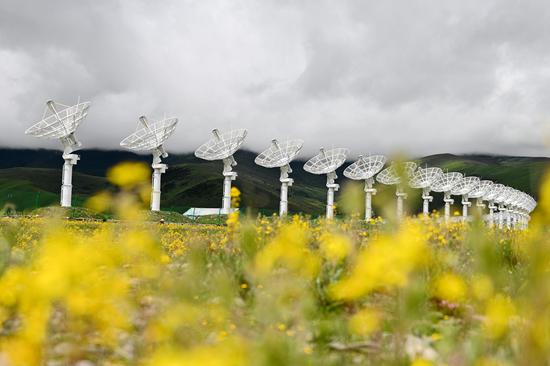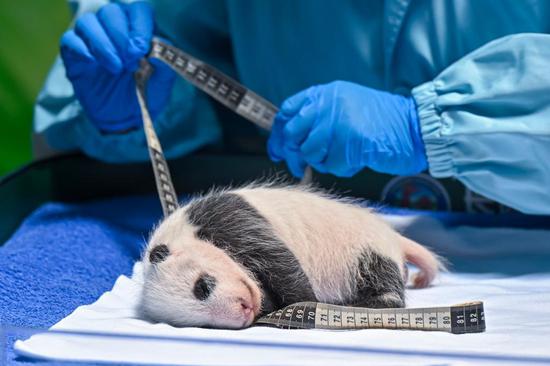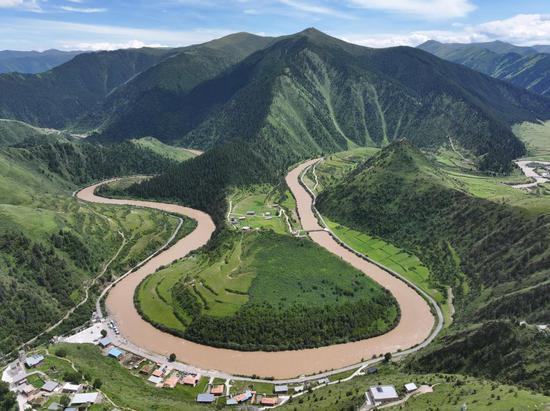China's grid technicians are using more modern technologies to ensure safe and reliable supplies of electricity for clients.
In the prefecture-level city of Quzhou, East China's Zhejiang province, staff members from State Grid Quzhou Electric Power Co use drones to accurately monitor various electrical facilities in the region in order to reduce the likelihood of power failures.
With the recent prolonged scorching temperatures and increased electric power consumption, the safe and stable operation of power equipment and lines in the region faces severe tests.
Drones equipped with small infrared thermometers can measure temperatures at close range and from multiple angles at locations like line tension clamps and connectors, monitoring the running temperatures of various parts of the power poles in real-time through display screens, said Zhou Xuanxuan from State Grid Quzhou Electric Power Co.
On July 18, some employees traveled to Shimen in the county-level city of Jiangshan, sending a drone skyward to closely monitor temperature changes of electrical facilities.
"The drone's infrared camera is functioning normally. The temperature of the pressure connector of the wire on pole 3 is 30.5 C, while the ambient temperature is 30 C," the drone operator explained to cooperating personnel nearby.
Meanwhile, in Aoping, power safety officer Wu Jianlin from Hecun Power Supply Station under State Grid Quzhou Electric Power Co, also conducted inspections with his colleagues on the power lines they administer.
"To ensure the reliability of power supplies under high-temperature loads, we have to conduct special inspections and infrared temperature measurements on power lines to avoid overheating risks," Wu said.
Drone-based infrared temperature measurements overcome the limitations of manual measurements, offering high data precision, unlike traditional infrared temperature measurements which require operators to stand at the base of poles with handheld infrared thermometers, Wu said.
Since the start of July, the company has utilized drones to complete infrared temperature measurements at over 300 locations on 10 kilovolt lines, identifying over 10 instances of abnormal temperatures, which have been reported for defect elimination, said Wang Gang from State Grid Quzhou Electric Power Co.
Zhou said that with the introduction of even more modern equipment, they can better safeguard the growing electric power consumption in the region.
She said they will continue advancing infrared temperature inspection work based on load and temperature changes, focusing on infrared temperature inspections of aging equipment and high-load substation areas, so as to maintain the stability of the power grid equipment.


















































 京公网安备 11010202009201号
京公网安备 11010202009201号